- Tags:
- Ceramics / JAPAN Forward / Suntory Museum of Art / Tea Ceremony
Related Article
-
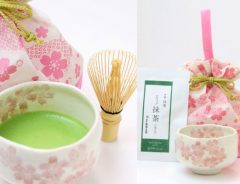
Impress Friends And Coworkers At Hanami Picnics With Green Tea Made From This Mini Matcha Making Kit
-
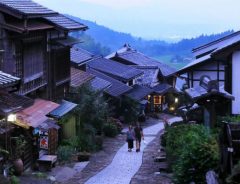
Edo Era Post Towns Charm Foreign Hikers from Magome to Tsumago
-
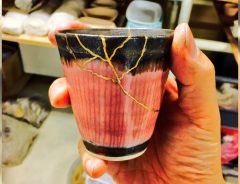
Kintsugi Artist Volunteers To Repair Ceramics Broken During Kumamoto Earthquake
-

Recovering Through Interactive Art in Tohoku
-
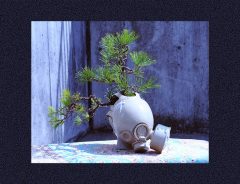
Pandemics past, green futures merge in ceramic GAS MASK POT from Franco-Japanese project
-

The Kimono Will Survive: Sheila Cliffe Says It’s A ‘Complete, Fulfilling Fashion System’
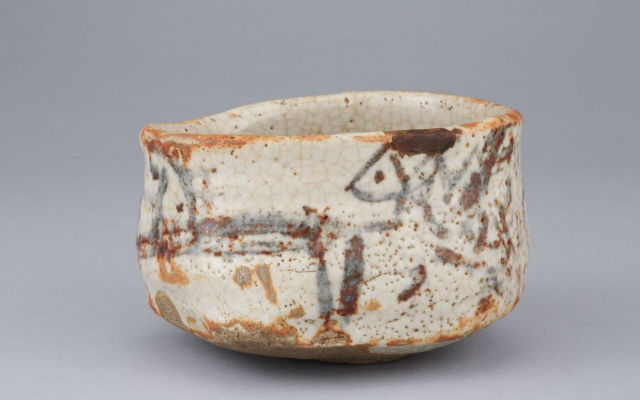


An exhibition showcasing ceramic works for use in the Japanese tea ceremony, “Mino Tea Wares: Kiseto, Setoguro, Shino, and Oribe,” is underway at the Suntory Museum of Art.
There are plenty of regions throughout Japan where ceramic wares are produced. However, unlike mass-produced items, no two handmade ceramic works are exactly alike.
Just as the Japanese word tochi, meaning “region or land”, includes the kanji character “to” — meaning “soil” or “earth” — the raw material used in order to make ceramic ware is soil. Japan, a rainy and humid country, has numerous variations of soils, depending on the regions.
Ceramic ware is also sometimes referred to as “china” in English. This is because the art form originally developed in China before making its way to Europe.
Although the custom of “tea drinking” is popular in both Japan and China, the styles are very different in the two cultures. Historically, the technique developed its own unique style after its introduction to Japan, just as many other cultural arts, technologies, and religions did after they were introduced to the country.
In the tea ceremony, not only is the taste of the tea appreciated, but viewing and evaluating the tea wares are part of the ceremony. Since the tea bowls need to be handed around among the participants to hold in their hands and admire, each person has only a short time to view them. This requires extensive knowledge for the participants to fully grasp the depth of their beauty.
Taking a close look at the Mino tea wares shown at the exhibition will allow one to learn about the wonderful world of the Japanese tea ceremony and tea bowls.
Written by Japan ForwardThe continuation of this article can be read on the "Japan Forward" site.
Tea Ware Exhibition at Suntory Museum Promises Rare Look at Japanese Culture